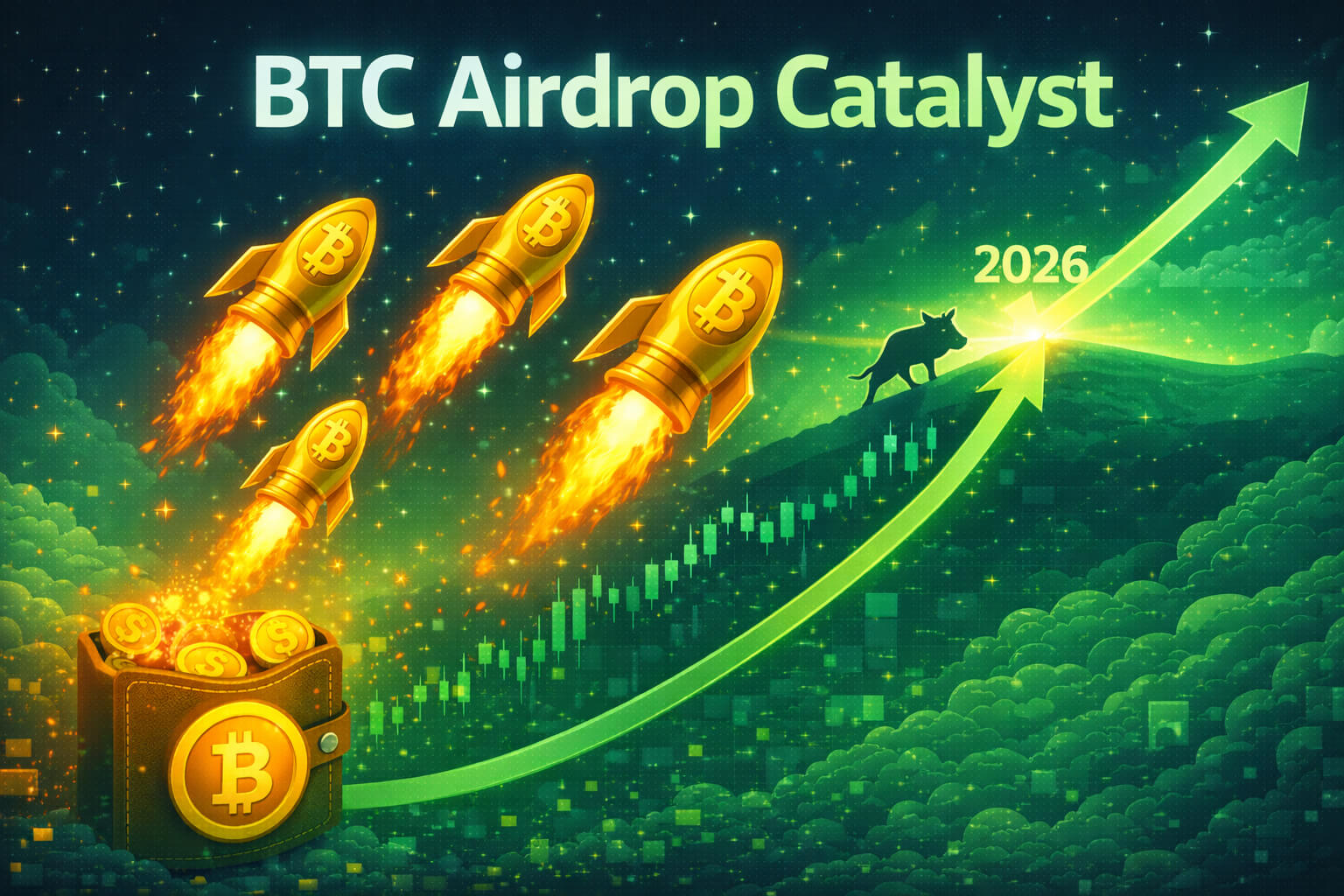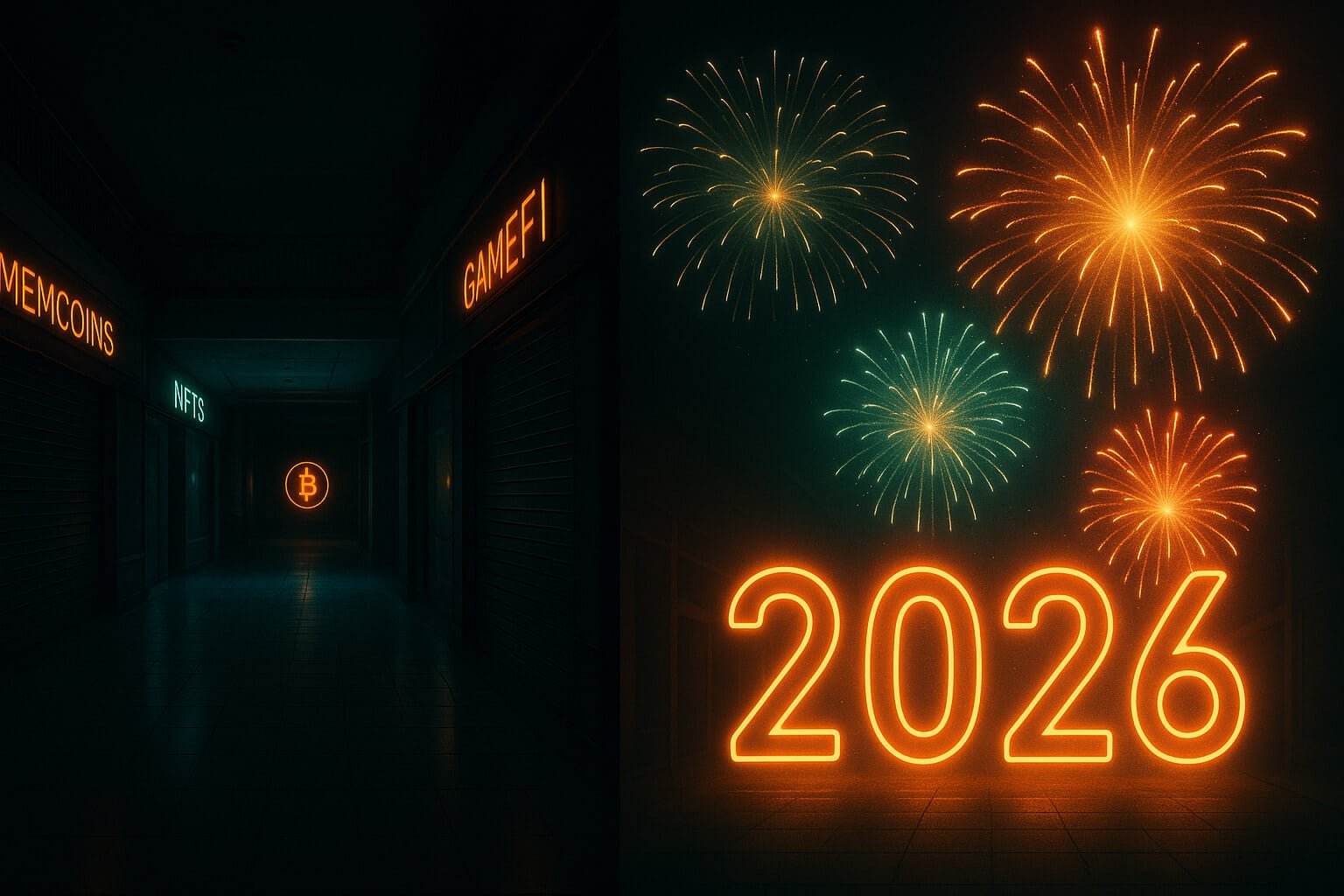The Role of NFTs in the Art World
Non-fungible tokens (NFTs) have dramatically influenced the art industry, offering a new way to create, buy, and sell art. NFTs are not just a fleeting trend; they represent a significant shift in how art is valued and exchanged in the digital era. This role of NFTs in the art world is essential to understand, especially for artists and collectors navigating this evolving landscape. In this article, we’ll explore how NFTs are transforming the art world, the benefits they offer, and the challenges they bring.
1. What Are NFTs?
Overview:
NFTs are digital tokens that represent ownership of a unique asset, typically digital art or media. Unlike cryptocurrencies, NFTs are non-fungible, meaning each one is unique and cannot be replicated. This characteristic makes NFTs ideal for representing digital art, where authenticity is crucial.
Importance of NFTs:
Before the rise of NFTs, digital artists struggled to prove ownership and authenticity of their work because digital files could be easily copied. NFTs solve this by providing a verifiable certificate of ownership stored on the blockchain, ensuring that each piece of digital art is one-of-a-kind.
Learn More:
2. How NFTs Are Transforming the Art World
Overview:
NFTs have significantly changed how art is produced, distributed, and consumed. This transformation has far-reaching implications for artists, collectors, and the broader art market.
2.1 Democratization of Art
Key Impact:
NFTs lower the barriers for artists, enabling anyone with digital creativity to mint and sell their work directly to buyers. This direct access eliminates the need for galleries or traditional intermediaries, empowering artists and fostering a closer relationship with their audience.
2.2 New Revenue Streams
Key Impact:
NFTs provide artists with new ways to monetize their work. Artists can earn royalties each time their NFT is resold, ensuring they benefit from the increased value of their work over time. This is a significant departure from traditional art sales, where artists only profit from the initial sale.
2.3 Global Accessibility
Key Impact:
NFT marketplaces operate 24/7 and are accessible to anyone with an internet connection, allowing artists to reach a global audience. This accessibility is expanding the market for digital art and providing collectors with a more diverse range of works.
2.4 Proof of Ownership and Authenticity
Key Impact:
The blockchain technology underlying NFTs provides a transparent and immutable record of ownership. This proof of authenticity is particularly valuable in the art world, where forgery and fraud have long been issues.

3. Benefits of NFTs for Artists and Collectors
Overview:
NFTs offer numerous benefits for both artists and collectors, changing the dynamics of the art market in ways that are mutually beneficial.
3.1 Benefits for Artists
- Direct Access to Buyers: NFTs allow artists to sell directly to buyers without intermediaries. This increases profits for artists and fosters a closer connection with their audience.
- Control Over Intellectual Property: With NFTs, artists can maintain more control over their intellectual property, specifying terms for how their work is used and resold.
- Royalties on Resales: NFTs enable artists to earn royalties on secondary sales, creating a recurring income stream.
3.2 Benefits for Collectors
- Verifiable Ownership: NFTs provide collectors with verifiable proof of ownership, reducing the risk of purchasing counterfeit art.
- Potential for Appreciation: Like traditional art, NFTs can appreciate in value over time, offering potential financial returns for collectors.
- Access to Exclusive Content: Many NFTs come with additional perks, such as access to exclusive content or events, adding value beyond the artwork itself.
4. Challenges and Criticisms of NFTs in Art
Overview:
While NFTs offer many advantages, they also come with challenges and criticisms that need to be addressed.
4.1 Environmental Concerns
Key Challenge:
One of the most significant criticisms of NFTs is their environmental impact. The process of minting NFTs and confirming transactions on the blockchain, particularly on networks like Ethereum, consumes substantial energy, contributing to carbon emissions.
4.2 Market Volatility
Key Challenge:
The NFT market is still new and can be highly volatile. Prices for NFTs can fluctuate dramatically, making it a risky investment for collectors and an unstable income source for artists.
4.3 Accessibility Issues
Key Challenge:
While NFTs democratize access to the art market, the technology can be intimidating for newcomers. Understanding how to create, buy, and sell NFTs requires some technical knowledge, which may deter some from participating.
4.4 Legal and Copyright Issues
Key Challenge:
The legal landscape surrounding NFTs is still evolving. Questions about intellectual property rights, copyright infringement, and the enforceability of smart contracts remain unresolved and could pose challenges in the future.
5. The Future of NFTs in the Art World
Overview:
The future of NFTs in the art world looks promising, but it will depend on how the technology evolves and how the art community adapts.
Future Prospects:
- Increased Adoption by Established Artists: As more high-profile artists and galleries embrace NFTs, greater adoption across the art world is expected.
- Advancements in Blockchain Technology: Improved blockchain technology could address environmental concerns and make NFTs more sustainable.
- Expansion of NFT Marketplaces: The growth of NFT marketplaces will provide more platforms for artists to showcase their work and for collectors to purchase NFTs.
- Integration with Physical Art: Hybrid models that combine physical and digital art are likely to become more common.
Conclusion
The role of NFTs in the art world is transformative, offering new opportunities and challenges for artists, collectors, and the broader art market. NFTs are revolutionizing how art is created, bought, and sold, empowering artists with greater control and providing collectors with verifiable ownership and potential financial rewards. However, addressing the challenges associated with NFTs is crucial for ensuring their long-term success and sustainability in the art world.
For more insights and educational resources on NFTs, visit our NFT section.
Stay Updated
For the latest updates on NFTs, their role in the art world, and other cryptocurrency news, follow us on:
- Twitter: https://twitter.com/FreeCoins24
- Telegram: https://t.me/freecoins24
Stay informed with the latest strategies and insights in the world of NFTs and cryptocurrency at FreeCoins24.io.
Special Offer
Interested in diving deeper into the world of NFTs? Sign up on Bybit today and claim up to $30,000 in deposit bonuses. Start trading and collecting NFTs with confidence on a platform trusted by millions.

















